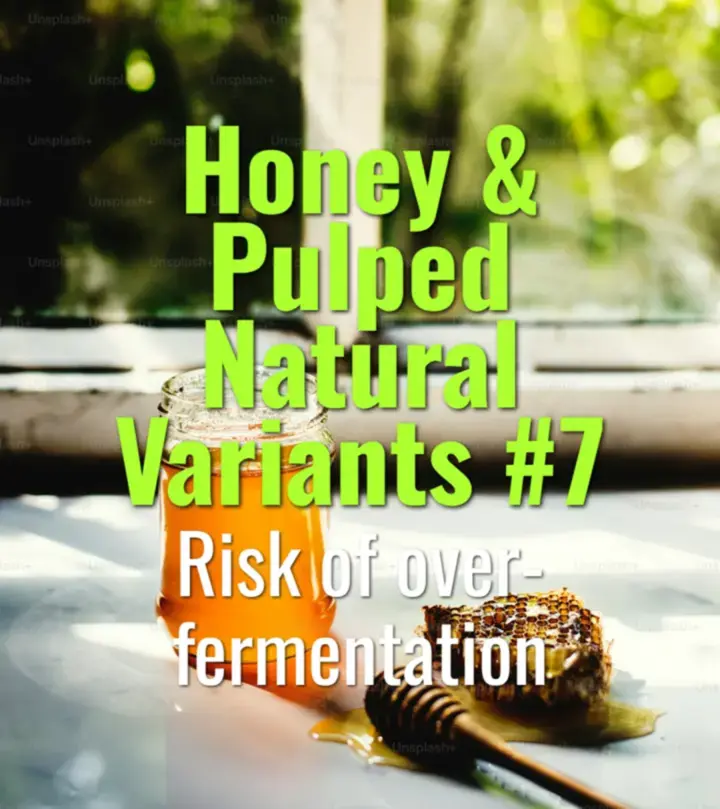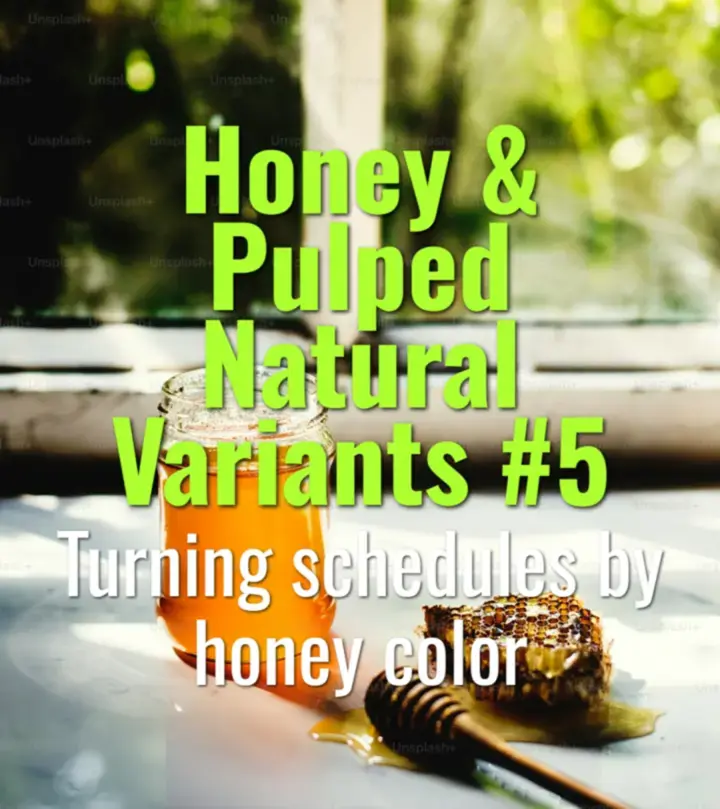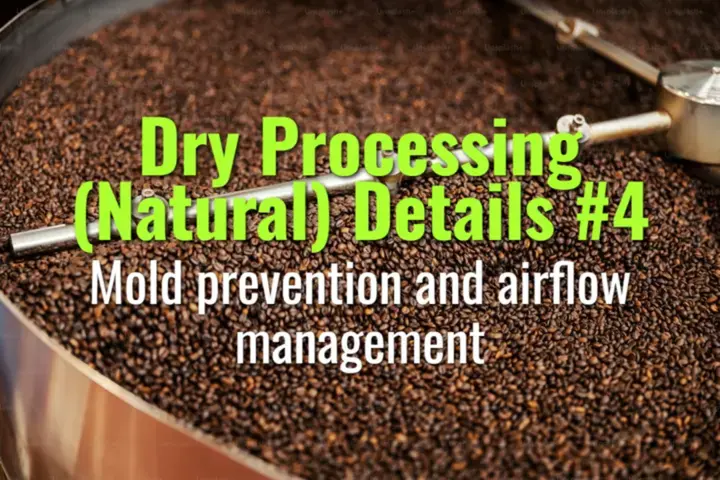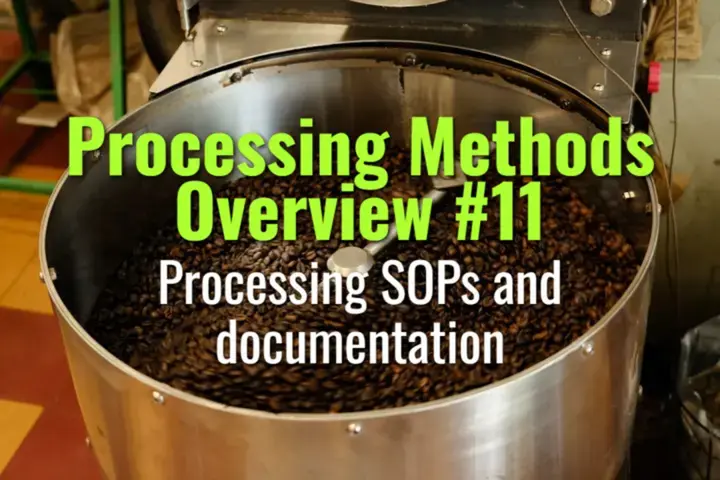
Risk of over-fermentation
This topic explains why honey and pulped natural processes carry risks of over-fermentation, the conditions that cause it, and how producers manage these risks to protect cup quality.

This topic explains why honey and pulped natural processes carry risks of over-fermentation, the conditions that cause it, and how producers manage these risks to protect cup quality.

This topic explains how turning schedules vary by honey process color (white, yellow, red, black), why frequent turning is critical, and how it impacts drying speed, risk, and flavor development.

This topic explains drying curves in honey and pulped natural processes, how time to reach target moisture is managed, and why controlled drying is essential for flavor and stability.

This topic explains how mold prevention and airflow management are critical in natural (dry) coffee processing, and the best practices farmers use to keep beans clean, safe, and high-quality.

This topic explains the drying protocols after washed processing, covering methods, target moisture levels, quality impacts, and best practices for ensuring stable, defect-free green coffee.

This topic explains the role of standard operating procedures (SOPs) and documentation in coffee processing, showing how they ensure consistency, traceability, and quality control across farms and mills.